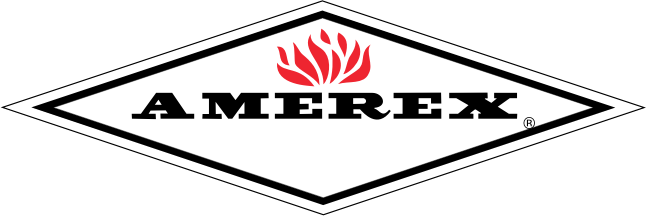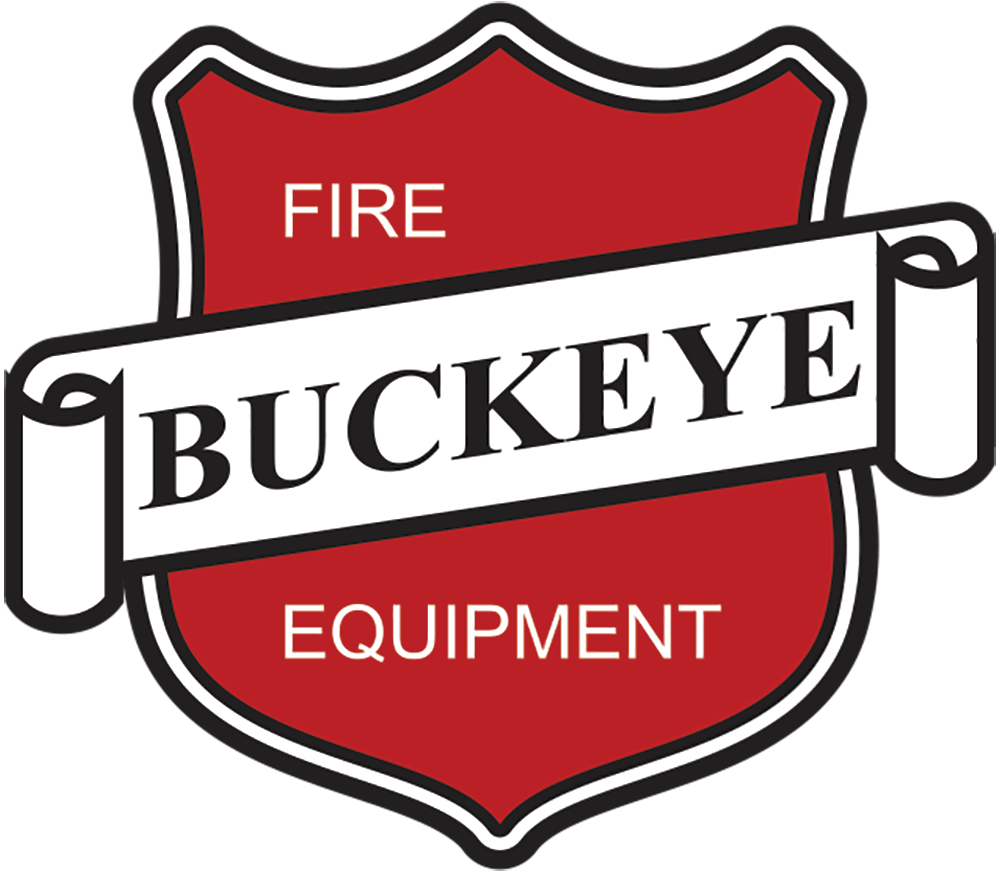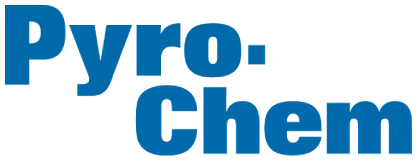Installing a fire protection system at your workplace or facility is an excellent way to protect your staff or tenants in the case of a fire. You must also prepare to ensure optimal performance and compliance.
Understanding the key steps involved in preparing for installation will help you make more informed decisions and work more effectively with your chosen fire protection contractor. Review this guide on preparing for fire protection system installation to ensure the process goes smoothly.
Determine Which Spaces Need Protection
The first step in this process involves completing a thorough assessment of your facility to identify which areas require protection. Different spaces within your building may have varying fire risks based on their function, occupancy levels, and the materials that you store or use within them.
High-risk areas typically include server rooms, storage areas containing flammable materials, kitchens, mechanical rooms, and areas with high occupancy density. Working with a qualified fire protection professional during this assessment phase ensures you do not overlook any critical areas and that you identify the most appropriate protection methods for each space.
Investigate Your System Options
Research the various fire system options available so you can determine which best suits your facility’s needs once you’ve identified the spaces requiring protection. Common systems include sprinkler systems, restaurant fire protection systems, fire extinguishers, and fire alarm systems. Each offers distinct advantages and can meet the needs of certain applications and environments.
For example, wet sprinkler systems are the most common and cost-effective option for most commercial applications. Consider response time, potential water damage, maintenance requirements, and long-term costs when evaluating your facility’s specific needs and budget constraints.
Review Local System Regulations

You should also prepare for fire protection system installations by confirming that you will comply with local regulations. Regularly reviewing local system regulations is essential to help your facility or workplace avoid potential legal issues in the future. Fire protection requirements vary by jurisdiction and may include specific standards for system design, installation methods, equipment specifications, and testing procedures.
Contact your local fire department, building department, and other relevant authorities to obtain current regulations and permit requirements that apply to your project. You can also review the National Fire Protection Association rules and building codes to ensure your planned system meets all necessary requirements.
Some jurisdictions may have specific requirements for certain building types or occupancies that go beyond standard codes, making it critical to partner with your contractor so you can identify any unique requirements and ensure your system design incorporates all necessary compliance measures from the outset.
Review the Costs of Installation
Understanding the costs associated with fire protection system installation is also essential for effective project planning. In addition to the system’s prices, consider installation costs and any necessary renovations you must make to accommodate it. It is equally important to consider long-term costs that extend beyond the initial installation.
Maintenance, inspections, and potential system modifications required for future compliance with updated regulations should all factor into your budget. However, it is wise to avoid purchasing a low-cost system to save funds. Instead, investing in a high-quality system upfront may prove cost-effective in the long run by reducing your future repair needs and providing your facility with reliable performance.
Create an Installation Plan

Developing a comprehensive installation plan is critical for coordinating all aspects of the project and minimizing disruption to your business operations. Your project timeline should include key milestones such as permit acquisition, material delivery, system installation phases, testing, and final inspection. You should also consider how the installation schedule will impact your daily operations and identify strategies to minimize disruption to employees and customers.
The installation plan should also address coordination with other trades if renovation or construction work is occurring simultaneously, utility shutoffs that may be required, and contingency plans for unexpected delays or complications. Your facility must also establish clear communication protocols to keep all stakeholders informed of progress and any schedule changes. A well-developed plan can help you ensure the installation proceeds efficiently while maintaining safety and minimizing operational impacts.
Let Your Tenants Know
You must also let your tenants or employees know when they can expect workers to install the system, as a facility owner or business manager. Otherwise, it may disturb their work or cause them unnecessary alarm. Take the time to inform them well in advance about the nature, timing, and expected duration of the installation.
Clearly outline how the work may impact their daily routines and any precautions they should take during the project. Providing this information will help you foster a sense of trust and transparency, while also mitigating potential disruptions or concerns. It is also wise to inform them of the safety benefits that the new system will provide, which will help them to have a more positive attitude about the installation process, despite how it may disturb their regular routines.
Clean Your Site and Remove Obstructions
One last step is to clean your site and remove any obstructions that could impede the installation process. Remove debris, unused materials, or unauthorized equipment that could create safety risks. A thorough inspection of the area will help you pinpoint potential hazards and ensure that all areas are readily accessible.
Keep pathways clear to allow for smooth navigation for workers and equipment, reducing the chances of accidents or delays caused by cluttered or obstructed spaces. Maintaining cleanliness throughout the project should be a continuous effort, as it directly impacts both productivity and safety.
Taking these steps will help maximize your investment in your fire protection system, while also avoiding legal complications in the future. Make sure you set the stage for a system that serves your facility or organization well and keeps your people safe from fire emergencies for years to come. They will be grateful that you provided them with this protection.
Finding a company with extensive expertise is essential when looking for fire protection services in Los Angeles, it’s essential to find a company with extensive expertise. Hedrick Fire Protection employs a team with more than 150 years of collective experience that can give you peace of mind while ensuring your compliance with safety standards. Contact us today to learn more about how we can safeguard your facility.



